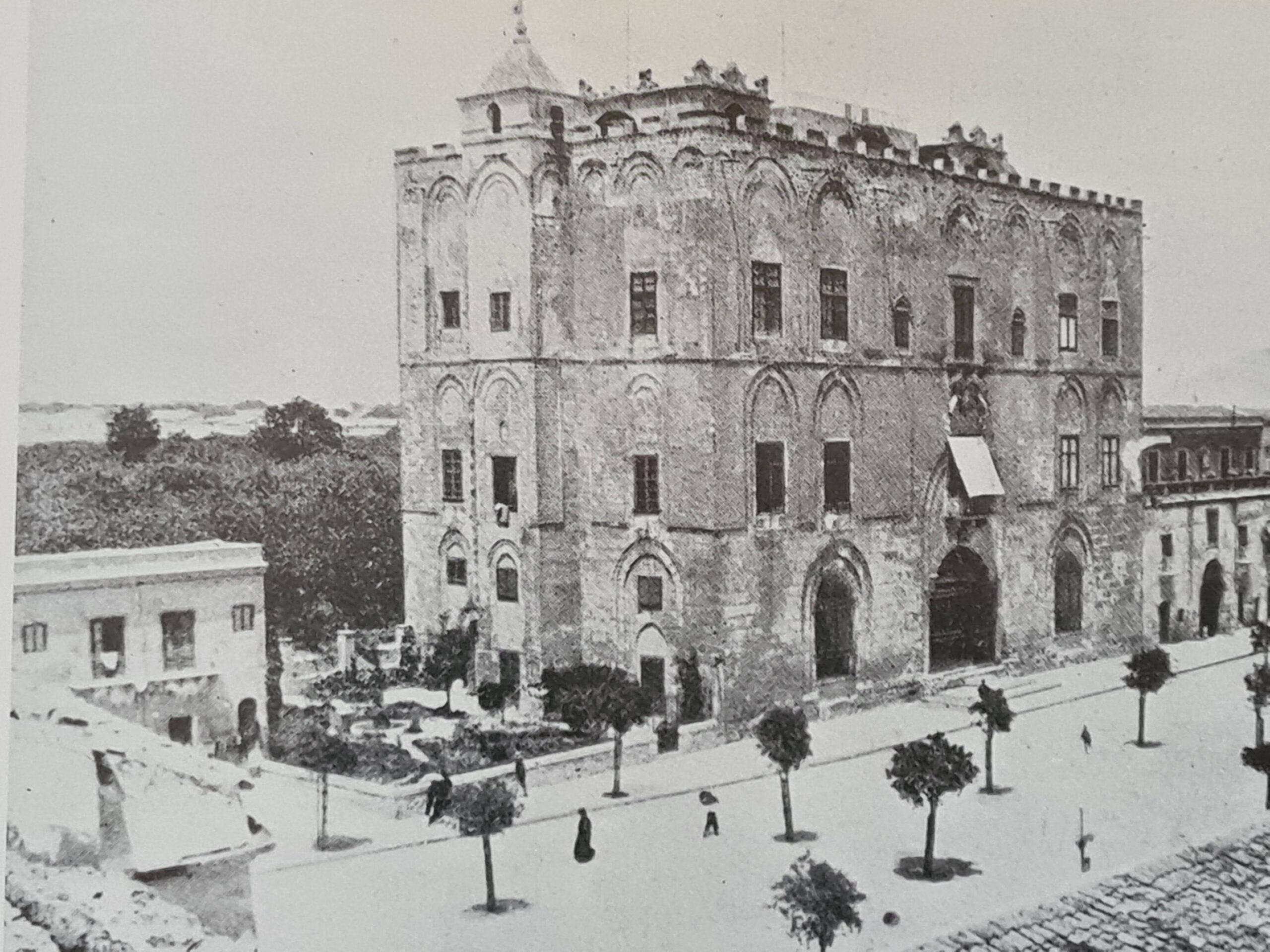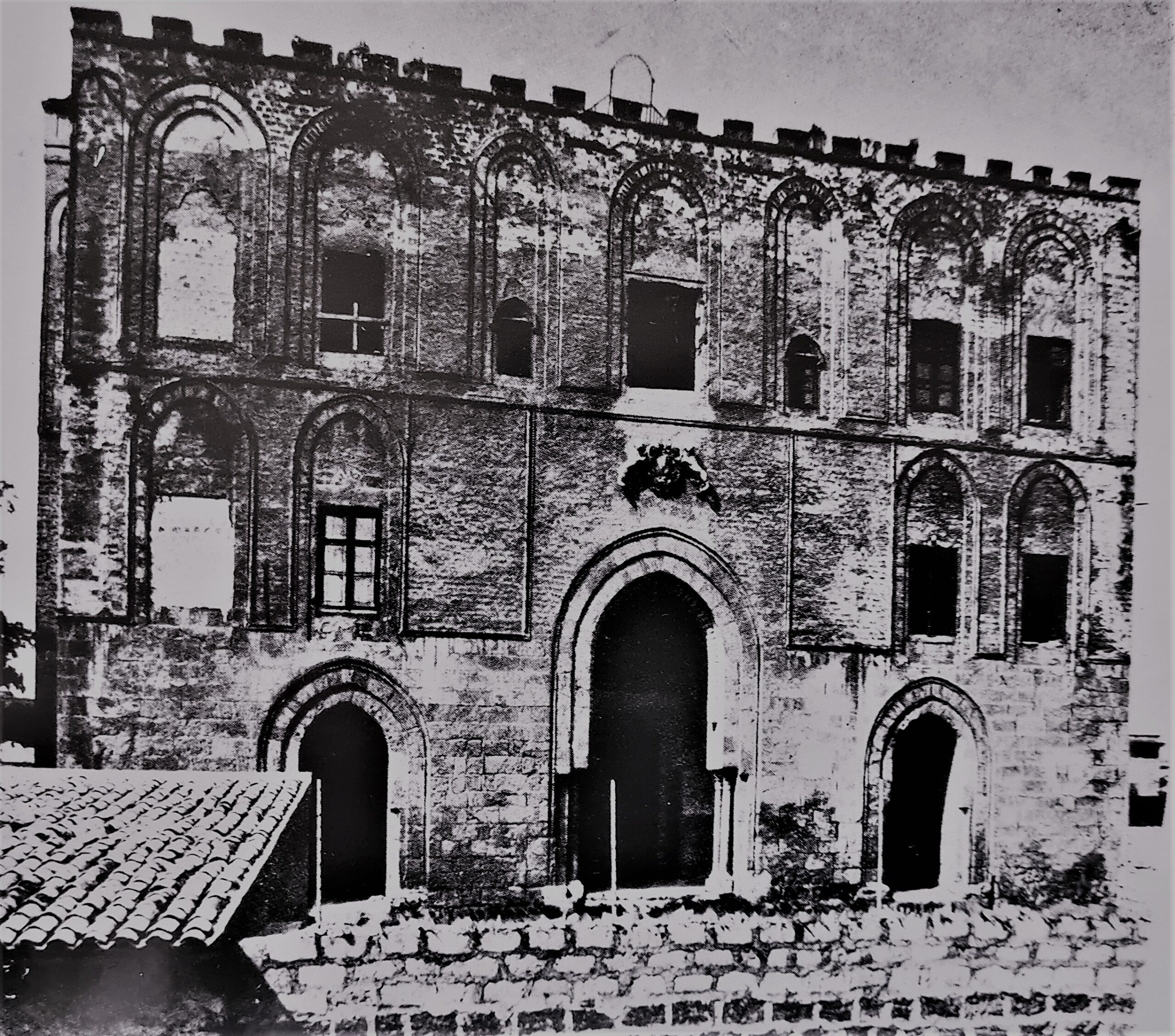After having been a unitary residence, the Zisa Palace was used for fragmented housing throughout the period from the end of the 19th century to the early 1930s. Immediately after the end of the Second World War, due to its dilapidated condition, the building was abandoned and its slow decline began. Under pressure from public opinion and local culture, the building was acquired by the Region of Sicily in 1951, followed by some partial restoration work by theSoprintendenza ai Monumenti (Monuments Authority) between 1953 and 1957; this work involved restoring and rebuilding limited parts of the building, but without working on its load-bearing structures, which had already been damaged over time, thus contributing to its state of static decay.
Under pressure from public opinion and local culture, the building was acquired by the Region of Sicily in 1951, followed by some partial restoration work by theSoprintendenza ai Monumenti (Monuments Authority) between 1953 and 1957; this work involved restoring and rebuilding limited parts of the building, but without working on its load-bearing structures, which had already been damaged over time, thus contributing to its state of static decay.